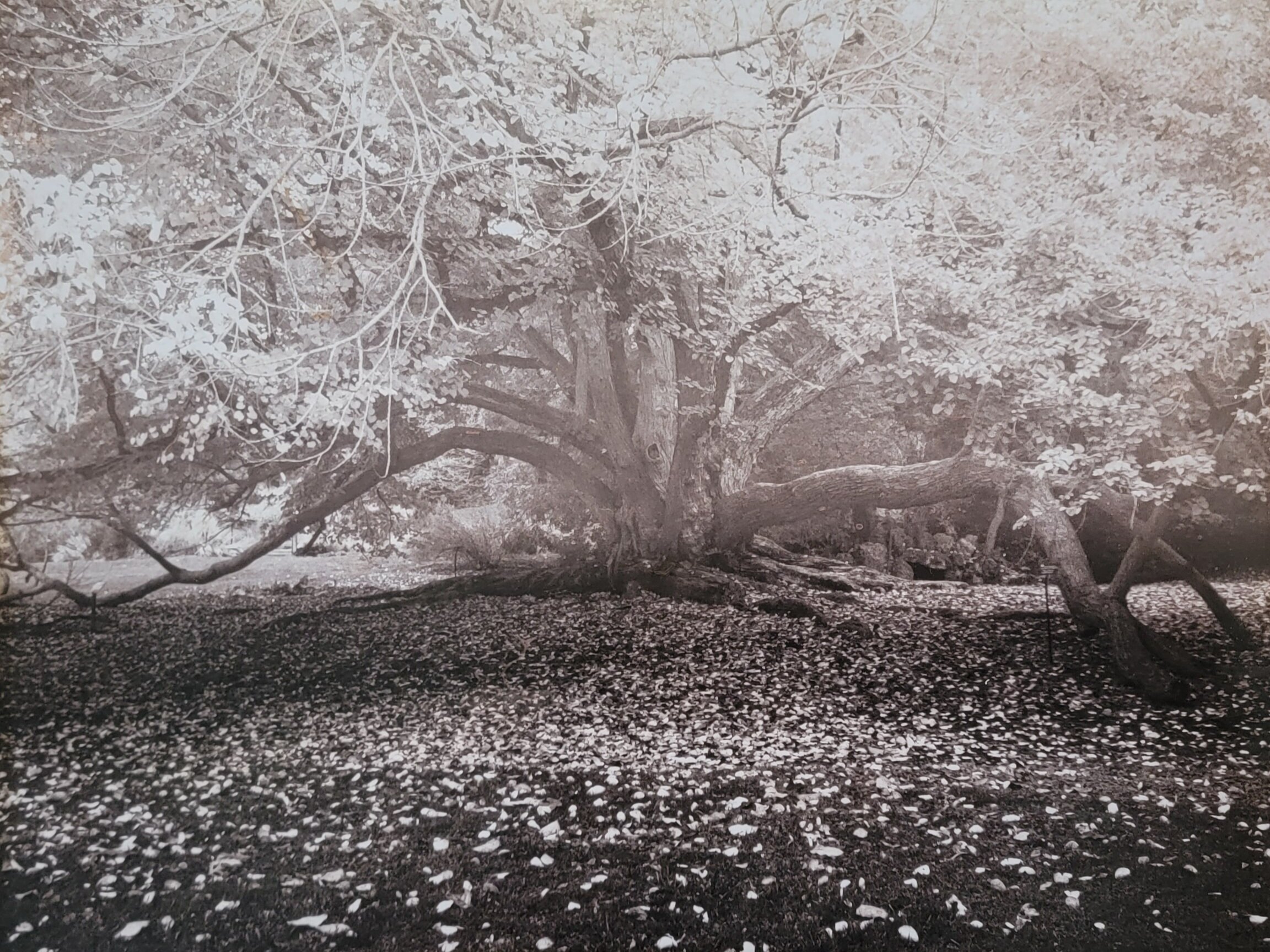So, Like, Have You Heard of This "Film Photography" Thing?
Source: stock image
In recent years, there has been a noticeable trend among professional photographers towards film photography. While digital photography has dominated the industry for years, film has made a comeback in the professional world, with photographers citing a desire for a more authentic, nostalgic aesthetic.
source: stock image
One reason for the trend towards film photography is the role that nostalgia plays in our culture. As technology continues to advance at a rapid pace, there is a growing appreciation for the simplicity and authenticity of the past. Film photography, with its grainy textures and muted tones, harkens back to a simpler time before digital technology took over. There is something inherently romantic about the idea of shooting on film - the tactile experience of loading a roll, the anticipation of waiting for your prints to be developed.
However, the appeal of film photography is not without its challenges. One of the biggest hurdles is the process of getting film developed. Unlike digital photography, film requires a complex chemical process to develop the images. Darkrooms, which are used to develop film, contain toxic chemicals that can be harmful to both the environment and the photographer. Many professional photographers have turned to third-party labs to develop their film, but the cost and turnaround time can be prohibitive.
Another challenge with film photography is the unpredictability of the medium. Each roll of film is unique, and factors such as lighting, exposure, and processing can all affect the final outcome. However, it is precisely this unpredictability that makes film photography so appealing. The imperfections and quirks of each roll of film give it a unique character and charm that cannot be replicated with digital filters.
While digital filters can emulate the look and feel of film photography to a certain extent, there are certain qualities that can only be achieved through the process of developing film by hand. One common darkroom technique is dodging and burning, which involves selectively exposing parts of the photo to light in order to lighten or darken specific areas. Another technique is called solarization, or the Sabattier effect, which involves partially reversing the tone of the image to create a surreal, otherworldly effect. This is achieved by exposing the photo to light during the development process, causing a partial reversal of the tones. Other techniques include toning, where the image is treated with chemicals to change the color or tone of the print. Lastly, there’s bleaching, which is when the image is partially removed from the paper to create a ghostly, ethereal effect. These techniques can be used in combination with each other to create truly unique and striking images.
In conclusion, the trend towards professional film photography is driven by a desire for authenticity, nostalgia, and a unique aesthetic. While there are challenges associated with the medium, such as the toxic chemicals required in the development process, film photography uses techniques that are permanent and irreversible, giving the artist a sense of immediacy and finality in their work; unlike digital manipulation, which can be undone with a click of a button. It is an art form that requires skill, patience, and a love of the craft, so the results are often breathtakingly beautiful.










